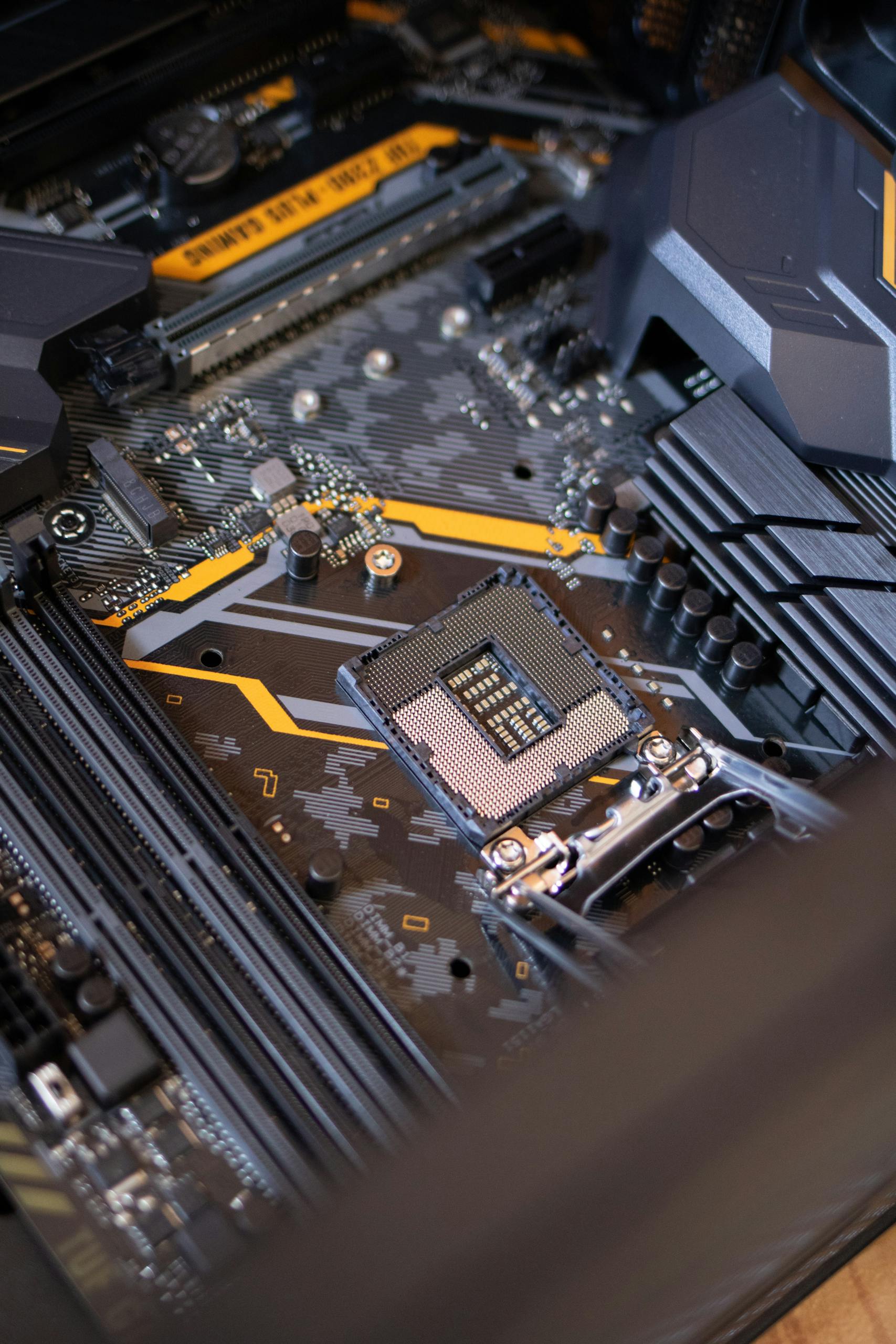Google Gemini AI: Redefining Robot Training for 2024 and Beyond
Google’s Gemini AI Model: The Future of Robot Training
Artificial intelligence has swiftly moved from science fiction into reality, transforming industries and redefining how we perceive technology.
One of the most exciting innovations in this domain is Google’s Gemini AI model, which is set to revolutionize the way robots are trained.
This AI model is not just a step forward; it’s a leap into the future of automation, unlocking potential that was once unimaginable.
Overview of Google Gemini AI Model
The Gemini AI model is at the forefront of innovation, developed by Google’s DeepMind division.
It’s designed to bolster the capabilities of robots, turning sci-fi narratives into everyday reality.
Equipped with state-of-the-art features, Gemini is engineered to interpret its environment like never before, laying the groundwork for a new generation of intelligent machines.
Key Features of Gemini AI
Delving into the core of Gemini AI, its most compelling attributes are designed to enhance robot training significantly:
- Long Context Window: Gemini AI provides an elongated context window that allows for more dynamic training sessions, where robots can absorb and process extensive data sequences.
- Multimodal Inputs: The model demonstrates proficiency with multimodal inputs, meaning it can understand and process information from different sources like visual, auditory, and textual data.
- Large Token Capacity: Designed with a robust token capacity, it allows the AI to manage and analyze vast stores of information simultaneously, perfecting the robot’s ability to understand complex instructions.
Development and Evolution
The path leading to Gemini AI was paved with research and iterative development, building on Google’s previous AI models.
The evolution has been marked by continuous improvements in natural language processing and pattern recognition, culminating in a model that’s increasingly efficient and accurate.
Training Robots with Gemini AI
Leveraging the Gemini AI for training robots opens new horizons in robotics.
From navigating through complex environments to completing intricate tasks, the model redefines competencies and processes in everyday robot training.
Robot Navigation Techniques
One of the standout applications of Gemini AI is in navigation.
Robots can now learn from video inputs and interact with environments in ways that mimic human learning processes.
According to The Verge, Google’s DeepMind leverages this capability to enhance robots’ understanding of their spatial context.
Handling Complex Tasks

Tasks once deemed too complex for machines are now within reach.
Gemini AI enables robots to perform tasks with unmatched precision by understanding detailed sequences and executing actions based on learned data.
This development has practical applications in various domains, from healthcare to manufacturing, marking a significant step forward.
Real-World Applications of Gemini AI in Robotics
Gemini AI’s capabilities have already begun to manifest in the real world, influencing how industries operate and innovate.
Through its deployment, sectors can benefit from increased efficiency and smarter data management.
Workplace Implementations
Companies worldwide are integrating Gemini-powered robots to streamline operations.
In sectors such as logistics and manufacturing, these robots are enhancing productivity and ensuring higher quality control standards.
Wired highlights how these implementations are transforming industry landscapes, paving the way for a future driven by intelligent machines.
Future Prospects in Robotics
The horizon for Gemini AI is expansive, with potential advancements in robotics seeming limitless. As AI systems continue to evolve, robots will be capable of performing more sophisticated tasks, requiring less human intervention. This progression signals a future where robots not only complement human abilities but also extend them.
Gemini 1.5 Pro’s Long Context Window
Recent iterations, like the Gemini 1.5 Pro, showcase the strength of a long context window.
This feature excels in allowing robots to navigate environments effectively and complete tasks with a refined understanding of context and instructions, as discussed in Maginative.

Conclusion
Google’s Gemini AI marks a transformative milestone in training robots, pushing the boundaries of what technology can achieve.
As it continues to evolve, the implications for the world of automation are profound.
The Gemini AI sets the stage for a future where intelligent machines will seamlessly integrate into our daily lives, enhancing our capabilities and redefining our interactions with technology.
The journey ahead is as exciting as ever, promising innovations that were once only found in the pages of science fiction.
